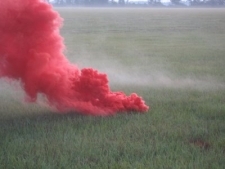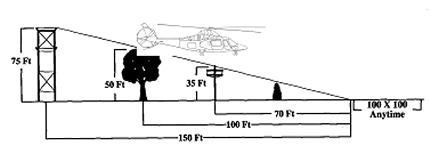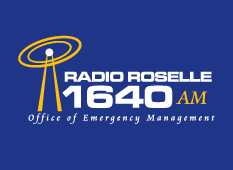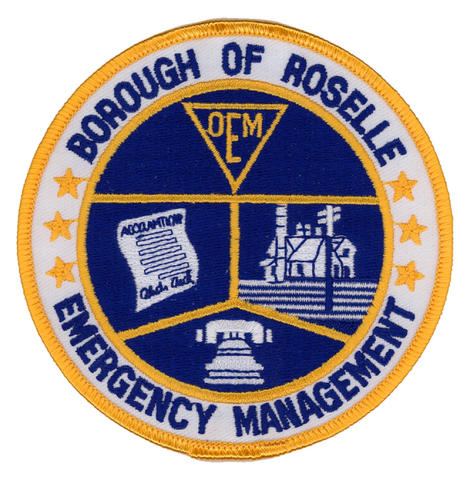|
|
Office of Emergency Management
Aeromedical Helicopter Operations
|
Marking the landing zone:
 |
A nightime landing zone (LZ) should be marked by weighted low intensity lights. In a situation where you are forced to improvise, the selected LZ can be identifed by criss-crossing vehicle headlights as shown to the left. The vehicle anti-collision lighting should be left on until the aircraft has confirmed that they have seen the LZ.
During night operations, scenes are more easily identified due to the emergency lighting on the vehicles. However, the view of overhead wires or other obstructions is not as good at night. The pilot may elect to do one or more flights over the landing zone checking for hazards before starting his approach into the landing zone. Be sure to communicate the presence of all obstructions on the scene. |
NOTE: When the helicopter is approximately 150 feet off the ground, TURN OFF ALL HEADLIGHTS that may be illuminating the landing zone or they may temporarily blind the pilot during landing. |
 |
A daytime landing sometime makes it harder for the aircraft to see the LZ, expeciallay in an urban setting with building and other ground clutter. If your agency is equipped with handheld pyrotechnic smoke, the LZ communicator should advise the aircraft in the event the aircraft cannot identify the LZ. |
 |
The landing zone (LZ) should be free of overhead obstructions (wires, trees,
etc.), people, street signs, basketball goals, fence posts and other ground
debris. A broad inspection of the area should be made to locate and remove any
debris if necessary. Pop cans, small tree limbs, plastic trash cans, etc. can be
picked up by the rotor wash of the helicopter and become potential hazards to
everyone near the scene. Usually the aircraft will make a fly-over of the
landing zone to double check for any potential hazards before making their
approach into the landing zone. |
The surface of the landing zone should be relatively smooth with no more than
a 10-degree slope. If the LZ is dusty or there is freshly cut grass present, the
fire department may lightly wet down the area to reduce the amount of blowing
debris during the landing. |
During the day it is more difficult to find the scene (we can see emergency vehicle lights much easier at night), so good communication is very important. If we are having difficulty finding the scene, it is very helpful when you hear or see our aircraft approaching your scene to tell us we need to turn north, south, east or west. Being as descriptive as possible will assist us greatly in getting on the ground as quickly as we can. |
While enroute to your scene, the flight crew will contact you on the radio
frequency that CENCOM provided. Please provide them with a brief description of the landing zone, all
hazards surrounding the landing zone, particularly power lines, towers, trees or
fences, and any brief information on the patient that you may have available.
|
Remember: Objects viewed from the air are much smaller and harder to see, particularly items like street signs and mile markers, which are very hard to see while in flight.
|
|
|







